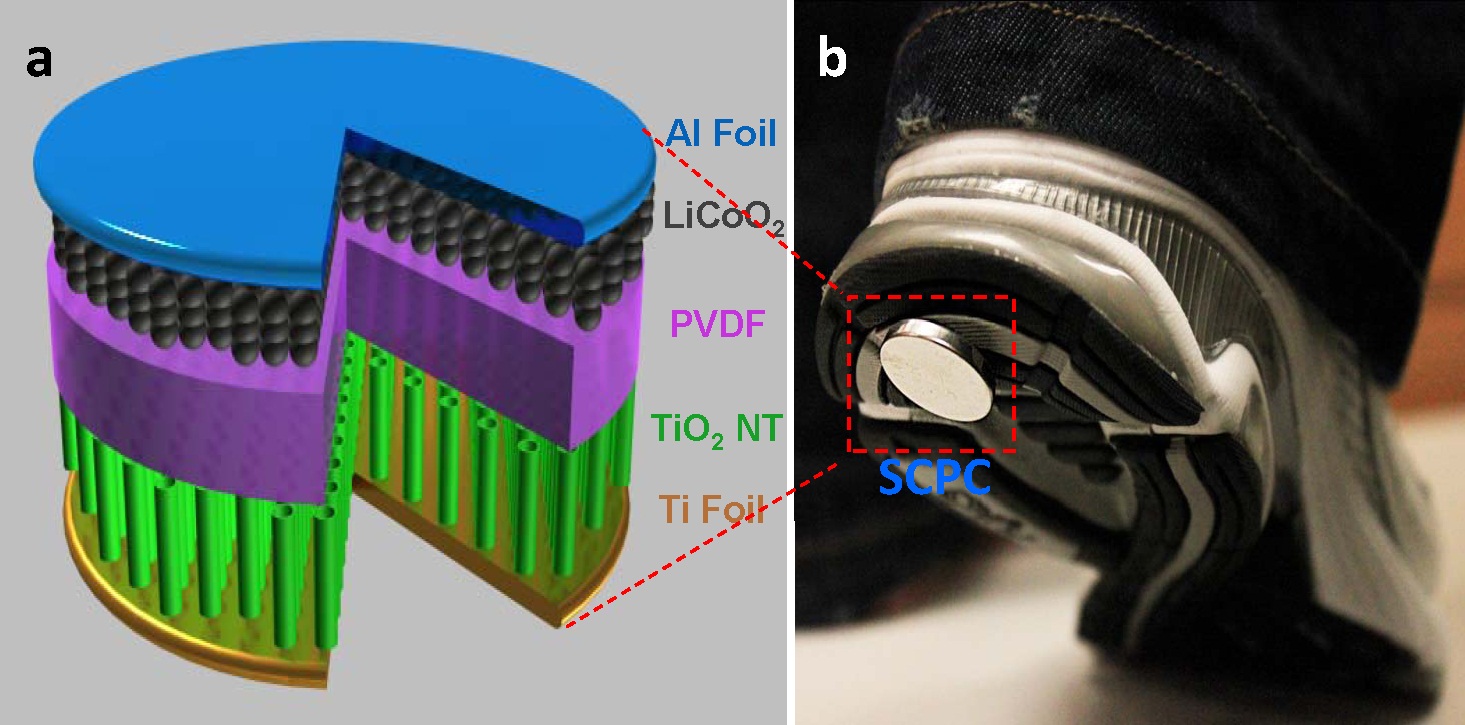Self-Charging Batteries

The term "self-charging batteries" is often used colloquially, but it can be misleading because, in reality, no battery can truly "self-charge" in the sense of generating energy from nothing. Instead, some technologies are designed to capture and convert ambient energy from the environment to supplement or extend the battery's charge. Here are a few examples:
Solar-Powered Batteries:
Thermoelectric Generators:
Piezoelectric Generators:
Radio Frequency (RF) Harvesting:
Kinetic Energy Harvesting:
It's essential to note that while these technologies can supplement a battery's charge, they are not infinite sources of energy. The energy harvested is typically limited, and these systems still require an initial charge or external power source to function. The effectiveness of these technologies depends on factors like the amount of available ambient energy, the efficiency of the energy conversion mechanisms, and the power requirements of the device.
The concept of "self-charging" batteries can sometimes be misleading, and it's important to understand the underlying mechanisms and limitations of the specific energy harvesting technology used in a given device.
Thank you.